Natural building insulation materials
In order to combat the climate change impact of the built environment, natural insulation materials such as hemp insulation, cellulose, wood fiber and grass insulation help us meet emission targets because they act as carbon storage. We are living in a time when the embodied energy of buildings is finally gaining the attention it deserves; an example is the release of the EC3 Calculator for calculating the carbon footprint of buildings.
Finding natural ways to insulate a home is all well and good, but any natural building insulation needs to perform as well as the mainstream commercial alternatives if it is to be a viable player in the green home building industry. Organic insulation materials can, in some instances, be at a greater risk of developing mold, or perhaps hosting insects and rodents, compared to non-organic products such as rigid foam insulation boards, Rockwool or spray foam insulation to name a few examples.
Some natural insulations are better suited to slip into the more ‘mainstream’ yet ‘green home leaning’ building industry than others, which are the ones that can replace existing products without being too noticeable. By being ‘noticeable’ I mean things like straw bale home construction which is a thing of its own, or recovered sheep wool insulation from local fields as another example, which might apparently make your house smell like an old barn in the Sottish Highlands during prolonged rainy weather. That....would be noticeable. (unless of course using an actual cleaned and manufactured natural wool insulation product which is now possible.)
There are some like celllulose and wood fiber panels that have been around for awhile, but a few of the newer and more interesting ones we've found include hemp insulation, and grass insulation panels from Gramitherm. And while we're at it, I think the new formaldehyde-free rice stalk MDF boards deserve an honorable mention, maybe rice stalk insulation is something we'll see in the future as well.
So, we were interested to find that Gramitherm®, a patented technology that enables the production of natural insulation batts made from meadow grass fibers, has many of the same properties as our other favorite natural insulation products, which we will discuss below.

Carbon capture & storage with building materials
Where most building materials have a ‘carbon footprint’, meaning the amount of embodied energy required to extract raw materials and manufacture products, some natural building materials, like the grass insulation from Gramitherm that we just came across, actually have a negative carbon footprint due to the carbon absorbed and sequestered within it.
There is also this one here called Elephant grass, which, as cool as it sounds, doesn’t look poised to drive rigid foam boards out of the North American building industry just yet. But kudos to the makers of it and we though it deserved a quick shout out.

Grasses in nature simply die, rot and grow again, but in cases where it is post-industrial or agricultural waste, it would need to be disposed of. In each case, one way or another the carbon in the plant fibers would be returned to the atmosphere. But instead, with Gramitherm insulation batts for example, the carbon absorbed by the plants ends up contained in your walls. It is estimated that an average-sized house completely insulated with Gramitherm batts from Clean Insulating Technologies can capture 7 tons of CO2. So far so good…
Managing moisture levels in a home
Here is one of the benefits of hemp and grass insulation – they both have the ability to safely store higher levels of moisture than most materials. This can be a hard concept to grasp at first, so think of it the same way thermal mass absorbs and releases heat (meaning - the way stone, concrete, wood, water, substances with a lot of mass absorbs and holds heat). When relative humidity levels inside your home or walls change, some of that moisture will be absorbed and released by the materials in your home. And, as it's that time of year when condensation on windows can indicate a problem, having some safe passive humidity storage is never a bad thing in homes.
Have you ever noticed that sometimes a squeaky floor boards get quieter for no apparent reason? Or a drawer is sometimes easier or harder to open? Or… your guitar sounds terrible after a heat wave? Most homes are full of wood products, and they will absorb and release moisture as the levels change, and they will expand or contract in the process.

And to have more fun with anologies…a box of crackers can be left unsealed on the counter in a desert climate like California, but in a humid climate like Florida for example, un unsealed box of 'crackers’ will turn into ‘benders’ due to the humidity, as they will soon match the rigidity of Wonderbread.
The fibers in grass and hemp building materials are not heavily processed (like with cellulose or wood fiber), So they can safely store higher levels of moisture than many other building materials. Or crackers. They can therefore help regulate the moisture levels in a home (like crackers), and that makes them a little bit more durable, since moisture, in all its forms – ice, snow, bulk water, water vapor, is the kryptonite of a super home.
Natural insulation for soundproofing
Reducing sound transmission in buildings improves the quality of life for occupants and allows the construction of smaller homes while keeping privacy as a priority. Some are better than others at this, a lot of it has to do with the mass of the product, so things like EPS, XPS and Polyiso rigid insulation boards are mostly air, so sound can move through them fairly easily. Rockwool brands itself as a soundproofing insulation, which it does a fair job at, but so do Hemp, grass, even dense pack cellulose and wood fiberboards.
Reduce pollution and protect indoor air quality
There is a steady increase in the amount of people that suffer from chemical sensitivities, and natural building materials can help alleviate that. Formaldehyde and other chemicals are commonly used in the manufacturing of building products, that adds to global air pollution as well as contaminating indoor air quality as these chemicals off gas into the air in your home. Choosing natural building materials without chemicals and VOCs will lead to safer indoor air quality and reduced health risks for homeowners - although we would always suggest ventilating modern airtight homes by choosing a HRV or ERV system.
More cool things about grass insulation
- 70% less water is required for manufacturing grass insulation compared to fiberglass insulation;
- insulating value of R 3.5 per inch;
- treated for fire resistance, in the event of a fire it does not emit toxic fumes;
- mold resistant;
- dimensionally stable;
- 2.4 acres of land can produce 200 cubic meters of insulation.
The downsides of 'natural' insulation
Innovative green building products usually start out the same, they are almost always more expensive and much harder to find. But that was the case with solar panels, zero VOC paint, or even low-flow toilets when they all first came out.
Natural insulation materials like these can easily cost you double the price of standard insulation products, so don’t get your hopes up too high if you’re building a house on a super tight budget.
That said, for some people this can be a necessity, or a home can simply be uninhabitable. Its hard to put a price on health, and the air in homes can typically be up to 5 times more polluted than outdoor air due to the amount of chemicals in building materials. As the market for healthier green homes grows, the demand for green building products increases, which naturally drives the price down.
As a parting thought - another possible downside to be aware of, are 'eco-friendly' building materials that are maybe just a little too 'out there'. Some green building pioneers may perhaps go a little too far in their attempts to save the world, and come up with building materials that just don't have the staying power to last the life of a house. I'm not building up here to single out a particular product, I'm just saying to be aware not to stray too far into fringe products and concepts that may not have been properly tested for longevity.
If anyone thinks they know the 'next best thing' in green building materials, please let us know in the comment section below, we'd be happy to have a look!
Now that you know more about natural building insulation panels made from grass, find more pages about sustainable and healthy green building techniques here :
Visit the EcoHome Green Building Guide pages and learn how to build more durable, healthy and efficient homes. |


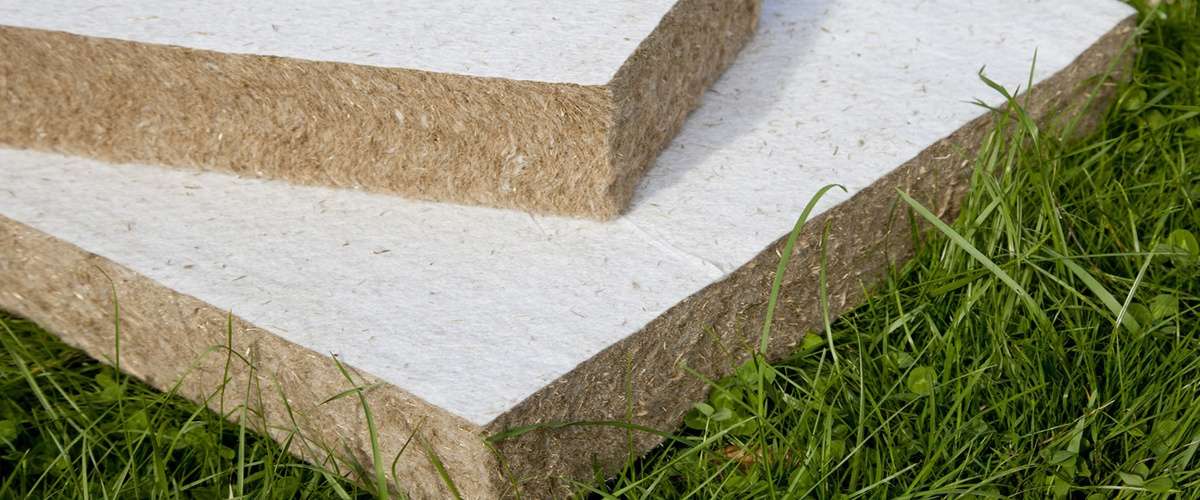













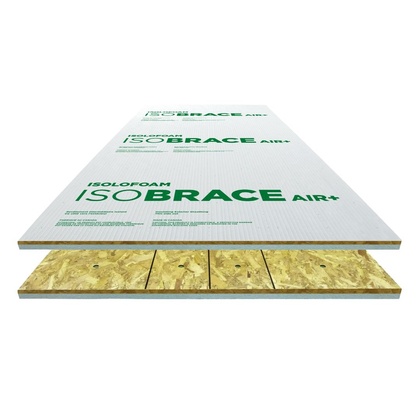
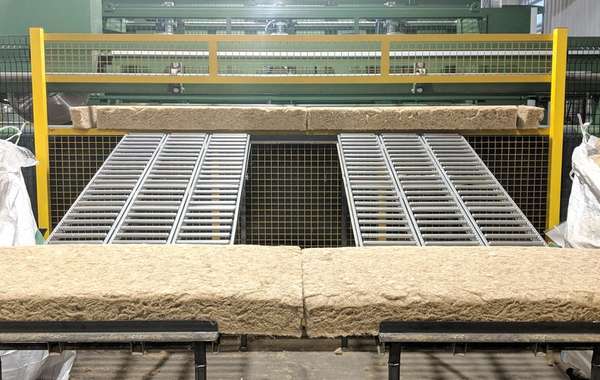
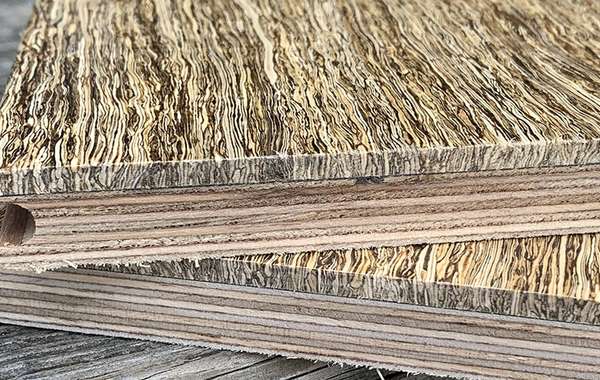
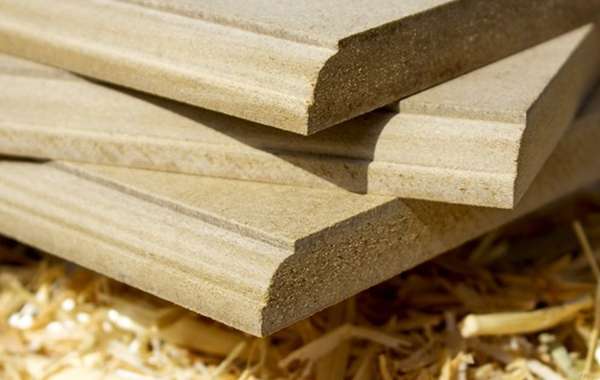
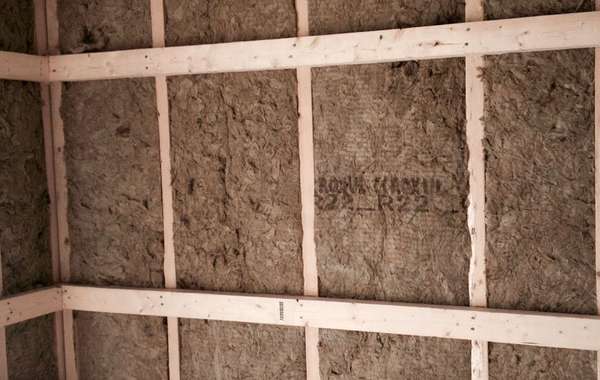
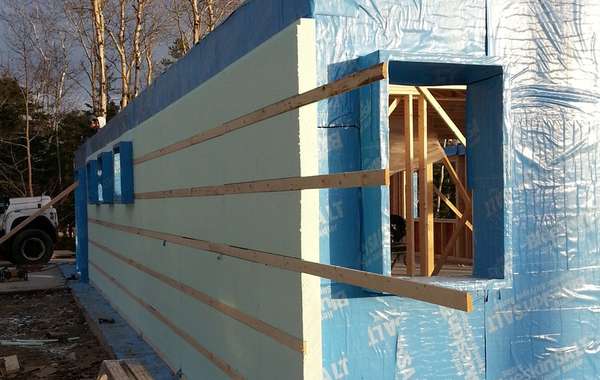
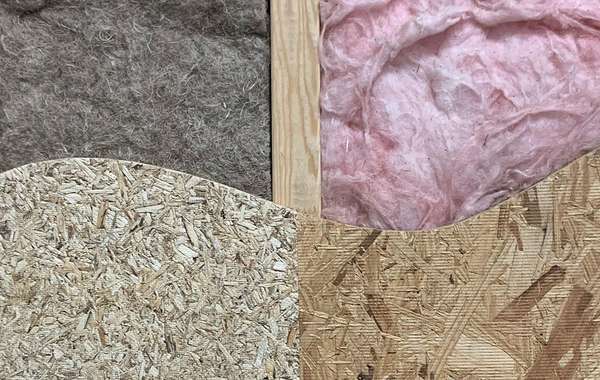
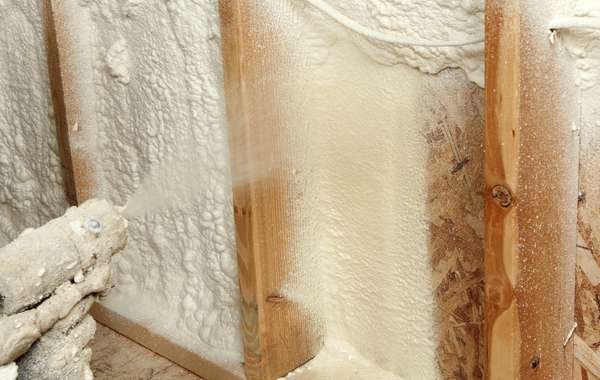
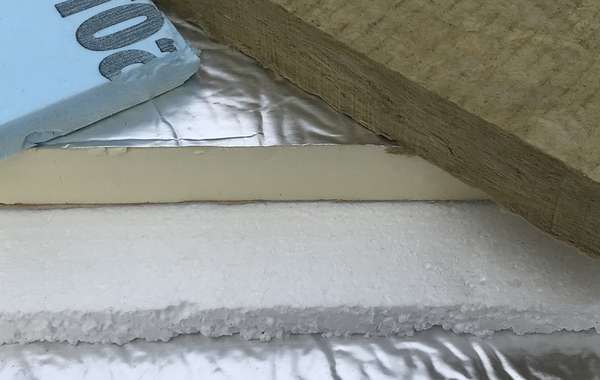
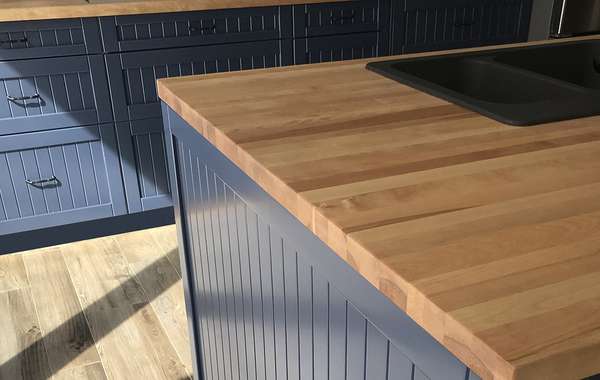
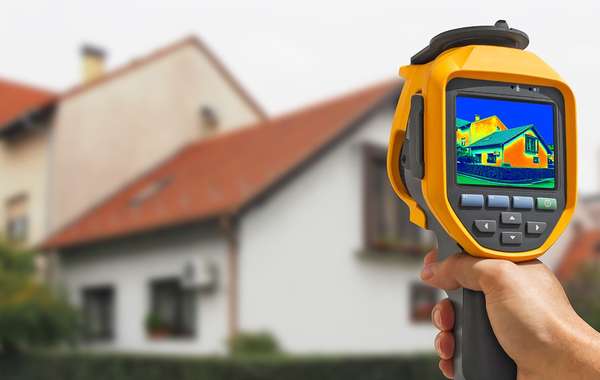

Did you follow the links and try to reach out to the company? You should be able to find that and other sustainable building materials in our green building product directory.
Mike,
Thanks for taking the time to write about an important topic. I work for Havelock Wool, we make healthy, high performance insulation out of Sheep's Wool here in Reno, NV. Our operation is scaling quickly. LCA/EPD is available and our fiber has the most integrity of any other in the industry. Havelock wool insulation has more info here in the Ecohome green building materials directory.
So where can I buy this stuff?